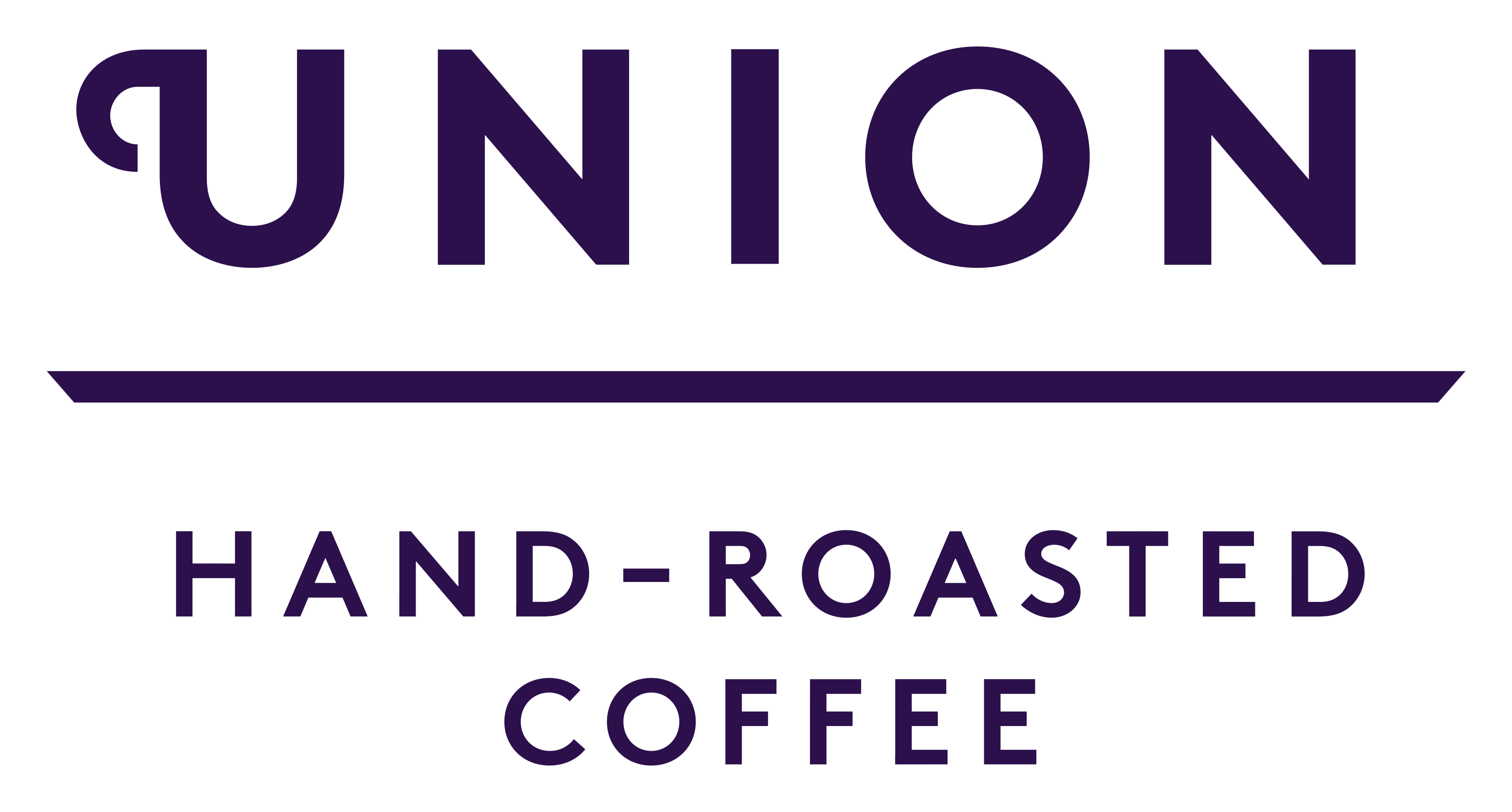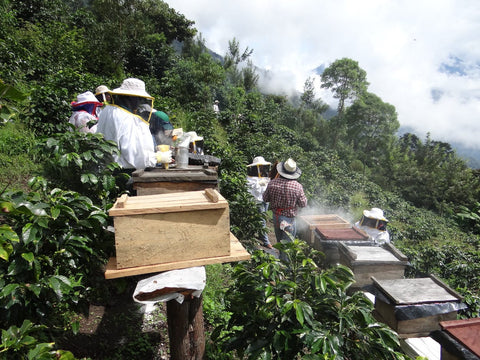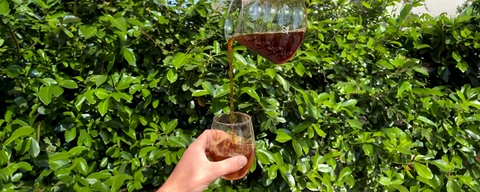First Published - July 24, 2010 (By Steven Co-Founder, Director of Coffee)
Since we first got involved in Rwanda coffee in 2003, we’ve often been asked about sourcing from its southern neighbour Burundi. After the 1994 regional crisis and civil wars, Burundi remained in a state of turmoil with agreements only signed between the last of the rebel groups and the transitional coalition government as late as 2009. Since 2005 however, with increasing political stability, and the support of the international community, fundamental changes have been made to the coffee sector to enable outside investment and remove state ownership and control of the processing and export facilities. It was against this backdrop of liberalisation (thus allowing Union to develop direct contact with growers), our increasing interest in the unique coffees of the Great Lakes region, and their retained heritage Bourbon varietal (same as Rwanda) that I went to find out the breadth and diversity that Burundi coffee has to offer.
On this trip I was travelling with 6 other curious roasters from the USA and Canada and had been invited to tour a number of the producer cooperatives and meet the principal figures in the Burundi coffee scene from the various sectors; government, private enterprise and cooperatives. Whilst Steven and I don’t often go along on group tours, such an organised week of visits and intensive cupping promised to make the most of my time as I was also due to travel on the following week to spend days cupping lots for our 2010 Rwanda Harvest shipments. When you are getting to know a country’s coffee it’s important to cup as many lots as possible from a variety of areas and producers. This way you build up a picture of who is producing good coffee, who might be able to produce VERY good coffee with a bit of partnership and support, and who is talking the talk but not walking!
Our tour began crossing over the border from Rwanda at Kanyaru Haut crossing, accompanied by plus Ben Lentz (director of the US AID funded BAP Burundi Agricultural Project), Anne Ottaway, representing Michigan State University’s programme and various heads of coffee sector taking a ride in a convoy of 4×4’s. My travelling companion during the following days was mostly Adrien Sibomana, CEO of InterCafé , Burundi’s representative organisation for growers and exporters. Adrien is a tall quiet and thoughtful man, keenly aware of the most pressing issues facing Burundi coffee growers and is moving to get a national dialogue going about how to resolve increasing production of quality, value added coffee with the highly compartmentalised approach to family land ownership which inevitably prevents farmers from benefitting from even minor economies of scale. Over this and many other topics that affect coffee production and community development, Adrien told me more about his background and how he came into public office. What he (or anyone else) didn’t tell me, and what I found out two days into the trip, was that I was riding around with a former prime minister, (1988 – 1993).
Over the four following days of cooperative (washing station) visits and cuppings, it was clear that Burundi’s coffee industry is very much in a state of transition, with a well organised government established infrastructure of washing stations and dry mills that were developed with the single rationale of producing quantity, but not necessarily the quality that might be capable of generating added value for the country’s growers or the breakthrough quality that Union look for. In 2009 however the first stages of liberalisation took place with 13 of the country’s 160 washing stations being taken into either public (cooperative) or private enterprises, and we now have the opportunity to work direct with producers and source coffee traceable coffees.
On the first day, we spent the day touring Kayanza Province, a district to the east of the High mountainous forest area and arrived first at Ruhororo washing station. After being welcomed by enthusiastic Burundi ritual drummers we had opportunity to look at the process for receiving cherries and the washing station operation. One immediately apparent difference between Rwanda and Burundi station practices is that when smallholders bring cherry in, before they put the coffee on the sorting tables to screen out any under ripe (partly green) cherries, they have to put their pick into a basket or net which is then dropped into a water tank and the cherries that float (indicating malformed beans inside, insect damaged beans or over-ripe cherries) are skimmed off. The individual farmers then sort for only remaining perfect red (under-ripes sink as well as ripes) on the dry tables before weighing in and taking a chit or getting paid for the amount of coffee delivered. Ruhororo was one of the first of the stations handed back from the state after a group of 20 farmers decided to group together to take on the station and work as a cooperative taking cherries from local growers. BAP has partnered with this group contributing joint venture funding to add waste water processing capabilities to the station and prevent downstream negative impact while also contributing agricultural and organisational capacity building initiatives. This type of collaborative support is vitally important to us at Union Hand Roasted as we recognise that we are not a development agency but depend very closely on these aspects also being supported as well as our commercial support. Local partners can be highly effective and critical in maintaining what often seem like baby-step advances over the years of involvement.
Our second station visit seemed to be more like a visit to Mumbai train station with hundreds of people if not a thousand or so milling around the cooperative offices and warehouse. Even by African standards of hospitality and greeting this seemed to be an inordinate number of people so it was with relief that we found out that the farmers had turned up for the annual fertiliser handout. At Butegana, also in Kayanza, the station had been taken over in the first wave of liberalisation by a commercial operation known as Webcor Group, a private company active in commodity production in a number of countries around the world. With big resources, the company has made a significant commitment to Burundi coffee taking 13 stations in the first government privatisations and putting in human and financial resources to develop quality initiatives at both station and smallholder level. The principal difference here is that the processing facility is privately owned and as such profits remain within the corporation as opposed to being shared out amongst the community. In reality, coffee producing countries need both public and private producers as the latter can often employ capital to develop resources in an organised manner and if the goal remains that of creating added value coffee that the farmers can really see an improvement in earnings per kilo grown or labour hour employed then it should be seen as a benefit and not just the corporate arm of big business. As this is the first year of this relationship we’ll continue to watch and see how things progress. From the visit it was immediately apparent however that the station’s capacity was huge (500-1500MT) and that even with a central elevation of 1650MASL much work will need to be undertaken to really understand the areas from which their coffee comes, the daily lot sizes that comprise the stations operational capacity and how these can remain segregated to protect and retain the no doubt small parcel sizes where real quality coffee can be found and retained.
After a short lunch we made the final visit of the day to a station at Buziraguhindwa (CPC), a much smaller station (capacity 300-500MT) also private but this time owned and operated by a local private organisation. With an exciting altitude location of 1996MASL this station is well located in the higher reaches of Kyanza’s Muruta district and should be capable of producing some good coffee lots although sadly we didn’t see any samples from here on the cupping tables.
Looking at Burundi coffee there are unsurprisingly many similarities in the methods of operation when compared to Rwanda – after all both countries share so many aspects of terrain, population dispersal and density and of course the presence of old Bourbon coffee varietals. Just because of this however, one should not assume that the coffee itself will be the same as Rwanda’s. Now that the quality of Rwanda coffee has been allowed to shine through better agronomy and processing, real regional differences are becoming apparent characterising coffees that may be full bodied with deep brown sugar sweetness to those fleeting cups with floral, citrus and soft honeyed tones. I fully expect that with such a diversity of microclimates and a soil character that is similar but with enough differences to mark it out from other regions, Burundi coffee could provide us with yet more nuances of the region.
On day 2 of the trip, our cupping was due to take place at a regional cupping lab in Ngozi and here for the first time the roaster anoraks came out! When preparing cupping lots, we routinely use very small batch roasting machines known unsurprisingly as sample roasters. These bits of kit are, like any specialist equipment inordinately expensive and are manufactured in different sizes (number of barrels that can simultaneously roast). At Union we have a two barrel machine that covers the majority of our needs, but out here in Ngozi, the full evidence of government commitment (spending) became apparent. It seemed as though whichever door or hallway we looked in, there was yet another SIX Barrel roaster – in brand new pristine condition. In one lab we noted 5, six barrel machines – and by the end of the week our count had climbed up to a total of fifty something barrels!!!! I hope that these machines find their way out into the regions and are well used, its just that when one sees things like this – I hope that the machines do get implemented and don’t just disappear into the system!
Over the following two days we visited another four stations, both private and cooperatively owned and witnessed similar operations trying to tease out the differences between people and their approach to the coffee, subtle things that give you a feel for the people’s relationship to what they produce and how the community is established – their aspirations and willingness to partner with external organisations to improve quality and of course their return. No matter how much people get under your skin, its important as a buyer to remain focussed on the coffee. I’ve thought back over the years about how many people we’ve met each with great stories and how we’ve come away with a desire or a hope that their coffee meets our own requirements but the acid test is of course the cupping room and blind tasting. This trip promised to be a crash course in Burundi coffee and after day 4 we had hit over 240 sample lots and to keep the schedule on track had to resort to some pretty nifty speed cupping – yeah it’s the same as dating just that your partner doesn’t slap you in the face when you say something inappropriate!
On the final day of the trip, we had a long morning cupping session at Arfic – the Burundi National Coffee Regulation Authority with the US Ambassador in attendance and who also participated in the cupping under tutelage of Wendy DeJong, current chair of the US Roasters Guild. The Ambassador had only recently taken up the posting but it was encouraging to see how much time she gave us and the Burundian teams in seeking to understand the opportunity for both sides in this partnering for quality. I know our own government does do some good work in supporting developing countries –mainly in areas of governance and society, but as a coffee guy its frustrating not to be able to hook up with our own nationals in developing these sources of great coffee…..come on DFID?
Overall I have to say that this has been a great trip and I do feel much more aware of the range of possibilities in Burundi coffee. From my cupping notes I have already got my eye on some lots we’d like to try out and get to know Burundi a little better this year. Over the coming months we are going to look at some of the communities where we can, as with Rwanda, form a close relationship and work together to develop sustainable direct trading that yields more exciting coffee from the Great Lakes of Africa.


